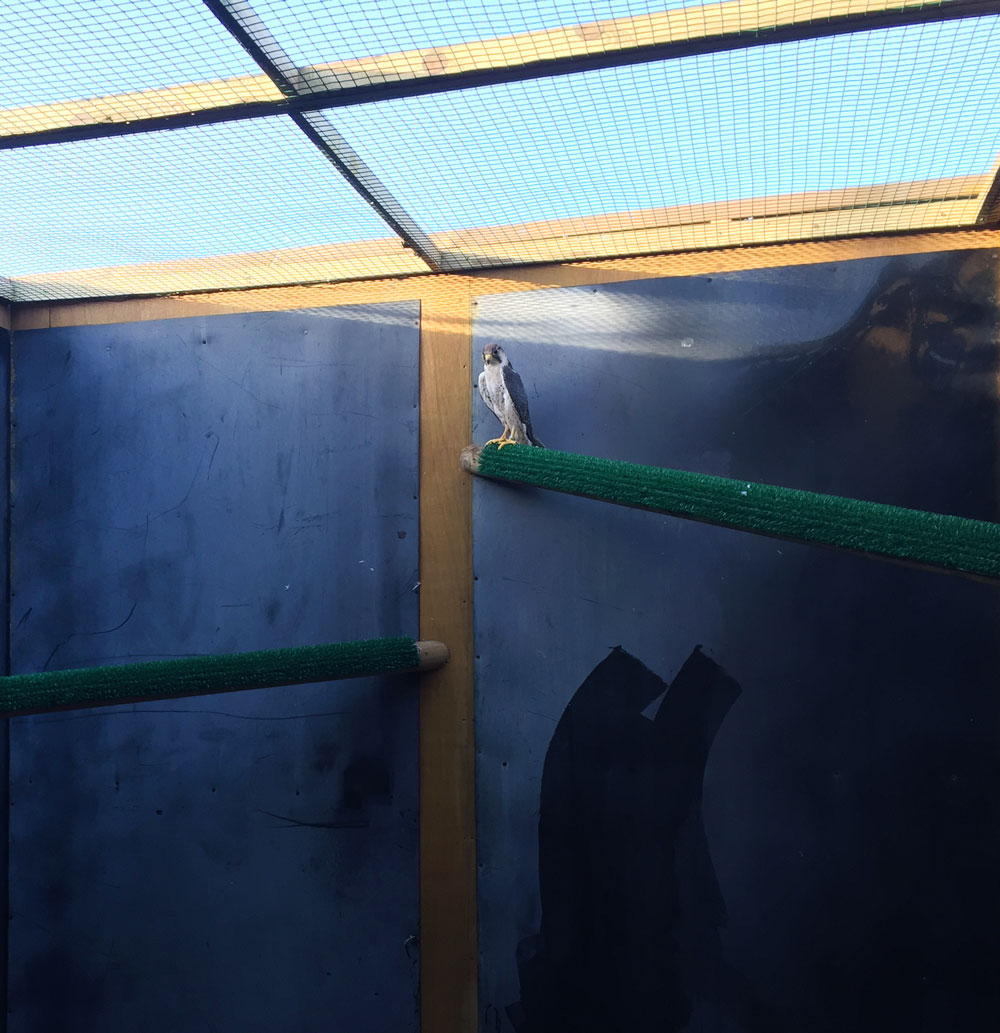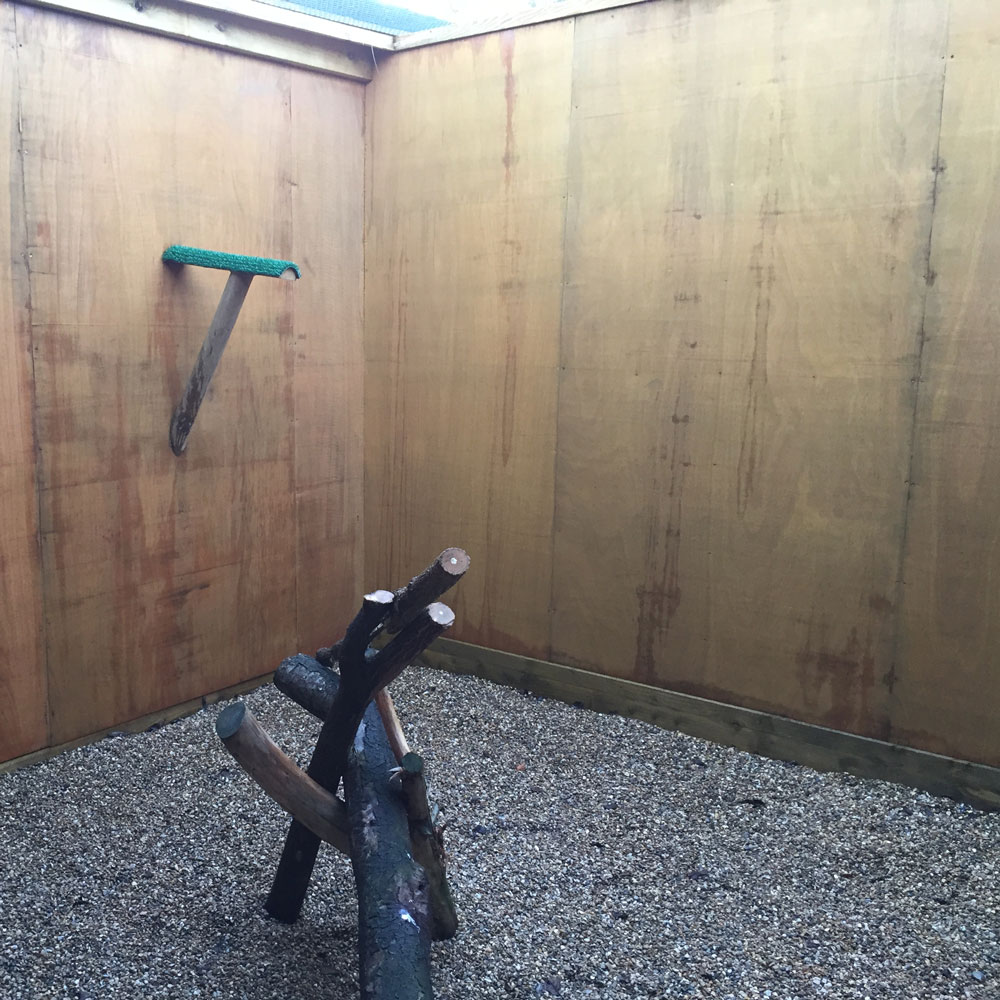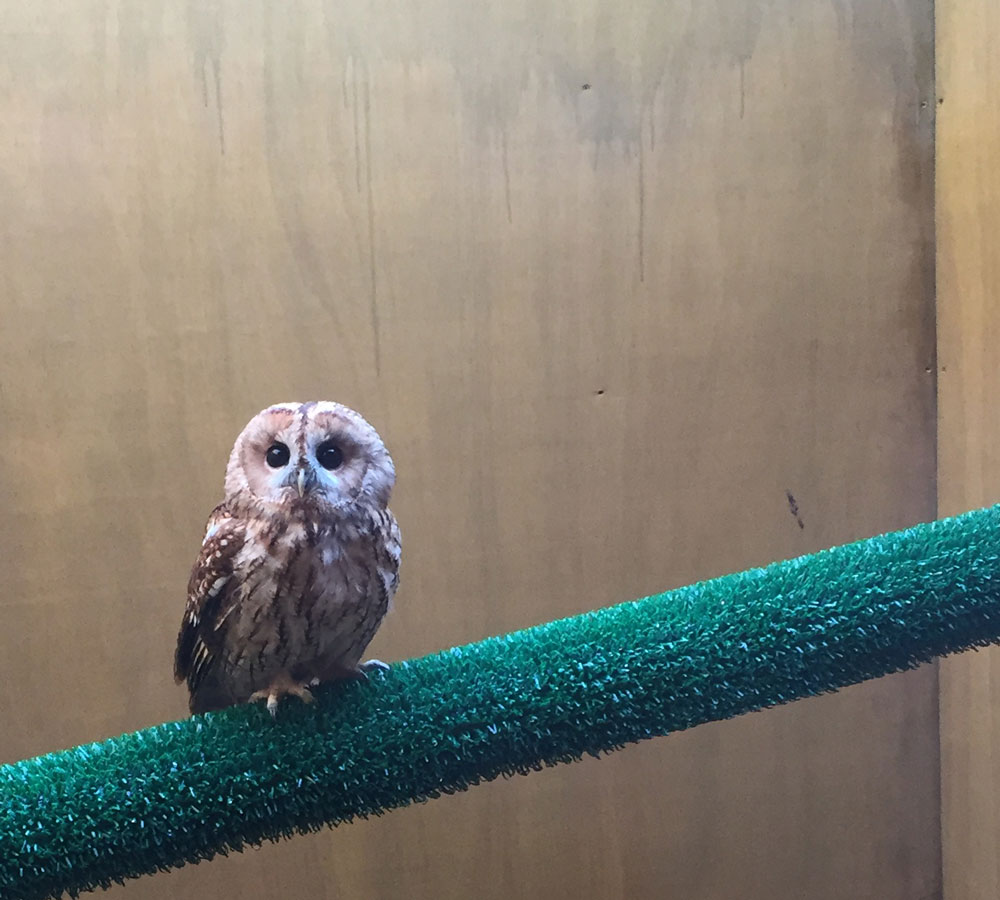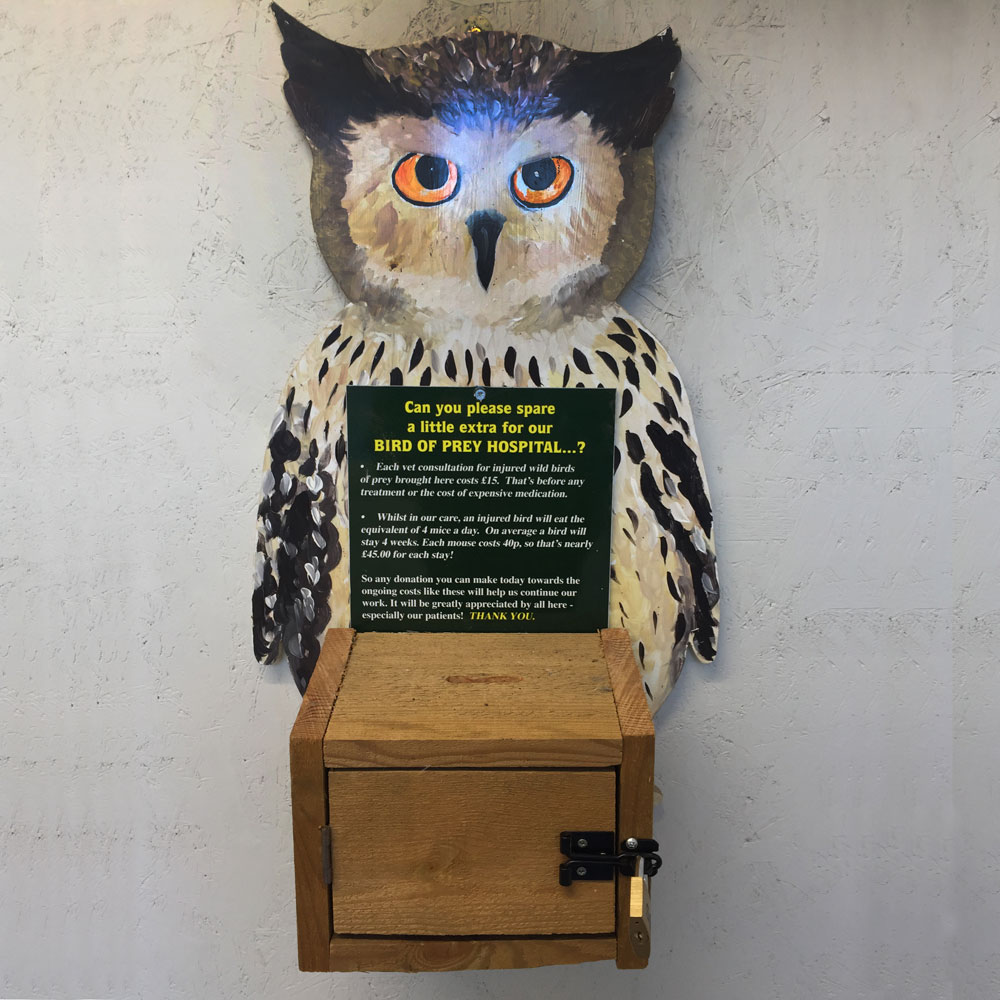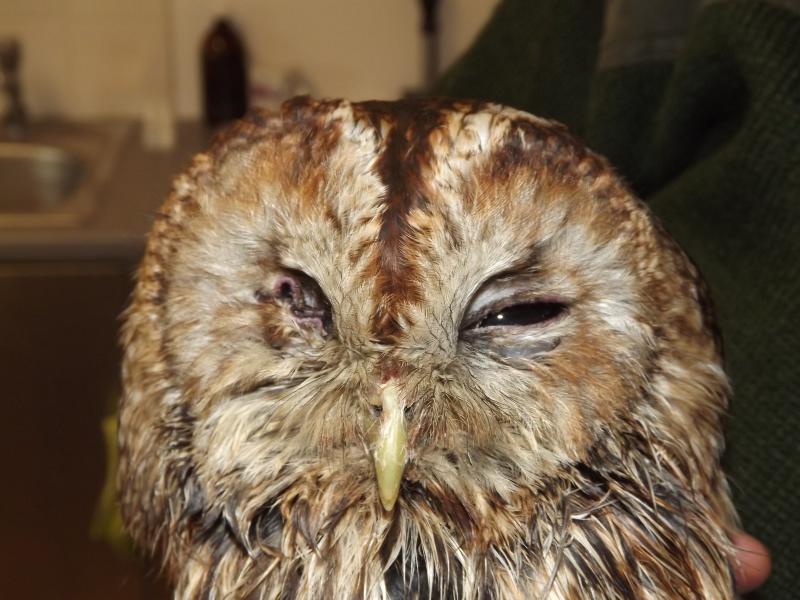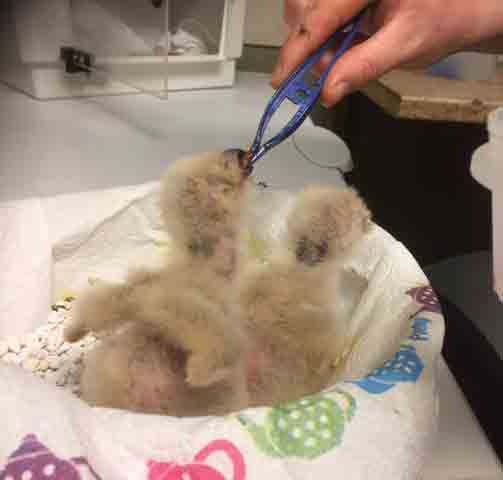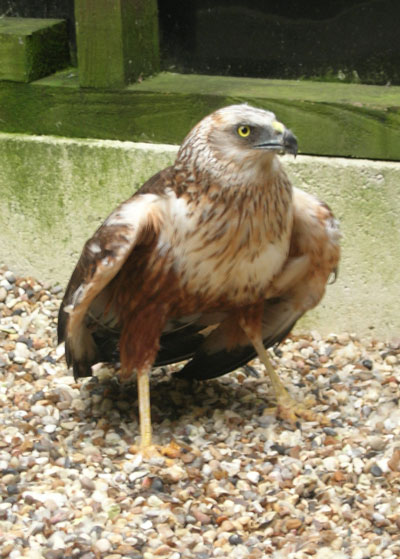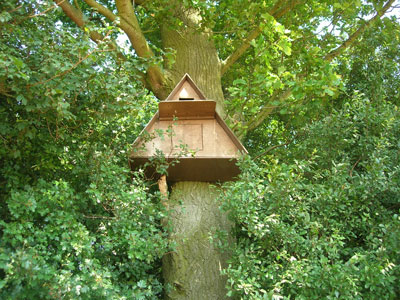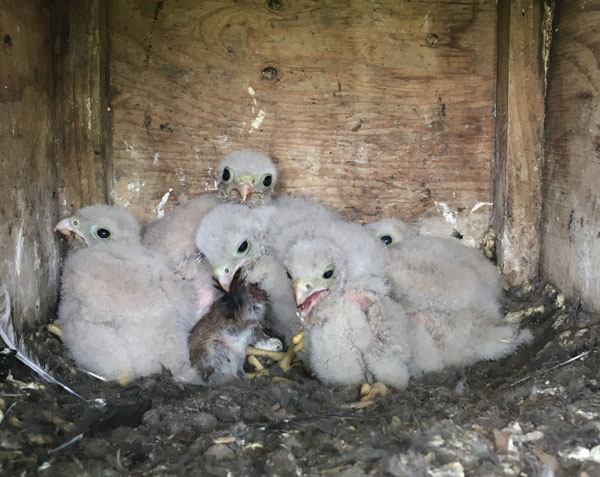Avian casualties continue to be admitted to the Suffolk Owl Sanctuary raptor hospital throughout the winter months.
About a week ago, a beautiful mature barn owl was received into the facility having been referred from a local veterinary practice. The bird had suffered a blow to the head as the result of a road traffic accident.
After careful assessment, the vet was happy to report that the casualty had suffered only superficial bruising and in all other respects was a healthy bird with a great chance of full recovery.
This is not a foregone conclusion with any wild bird as the stress involved in being gathered up, boxed and examined can have fatal consequences in some instances. This particular barn owl appeared robust and of good condition, however, and not too obviously distressed by it’s close encounter with humans.
On arrival at the sanctuary’s hospital the owl was settled into the rehabilitation aviaries where he was able to gather strength and exercise muscles in preparation for release back into the wild. Over the following week, it has proved to be a model patient, enjoying regular feeds and protection from predators, giving the bruising to his head chance to subside before facing the elements again.
The falconry team were able to release the owl back into its natural habitat after time spent in one of the quiet recuperation aviaries where it gained flight strength and was soon released, close to where it was originally found.
For a video of the release showing the flight of the Barn Owl in slow motion, click here
























